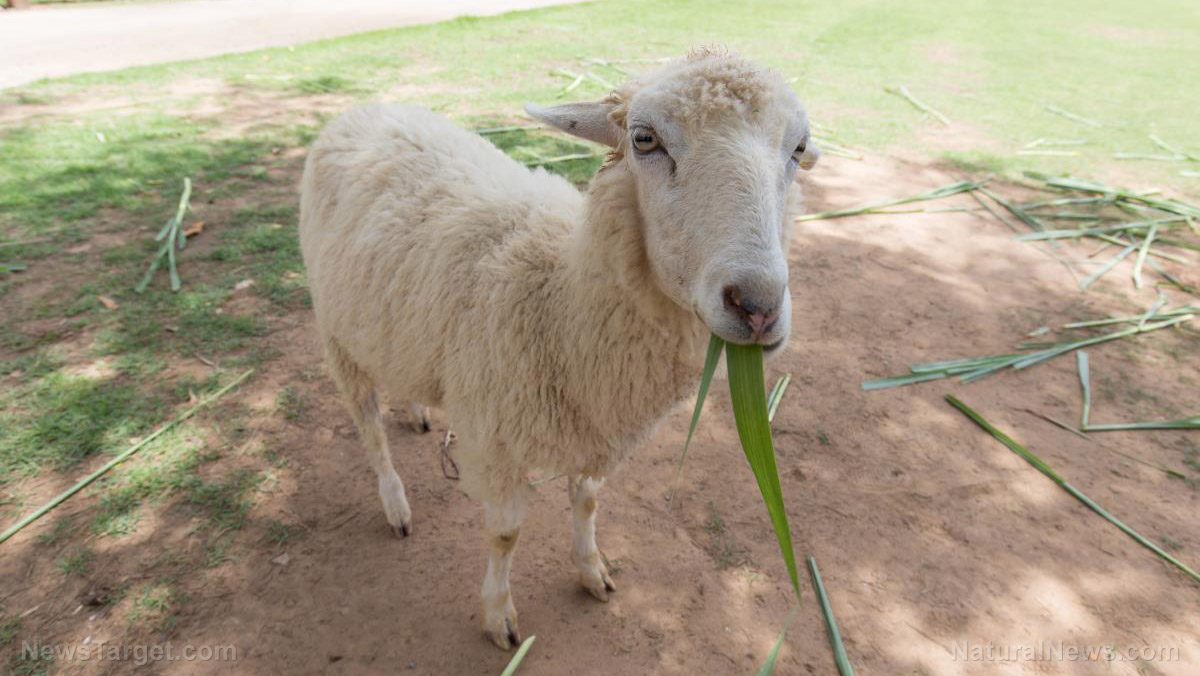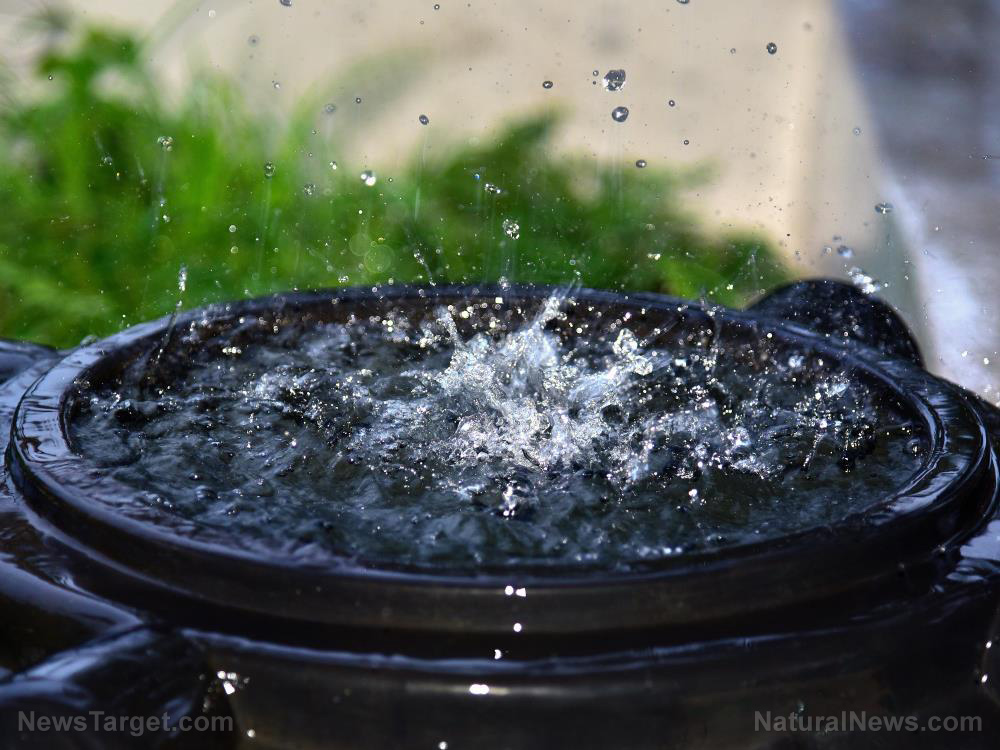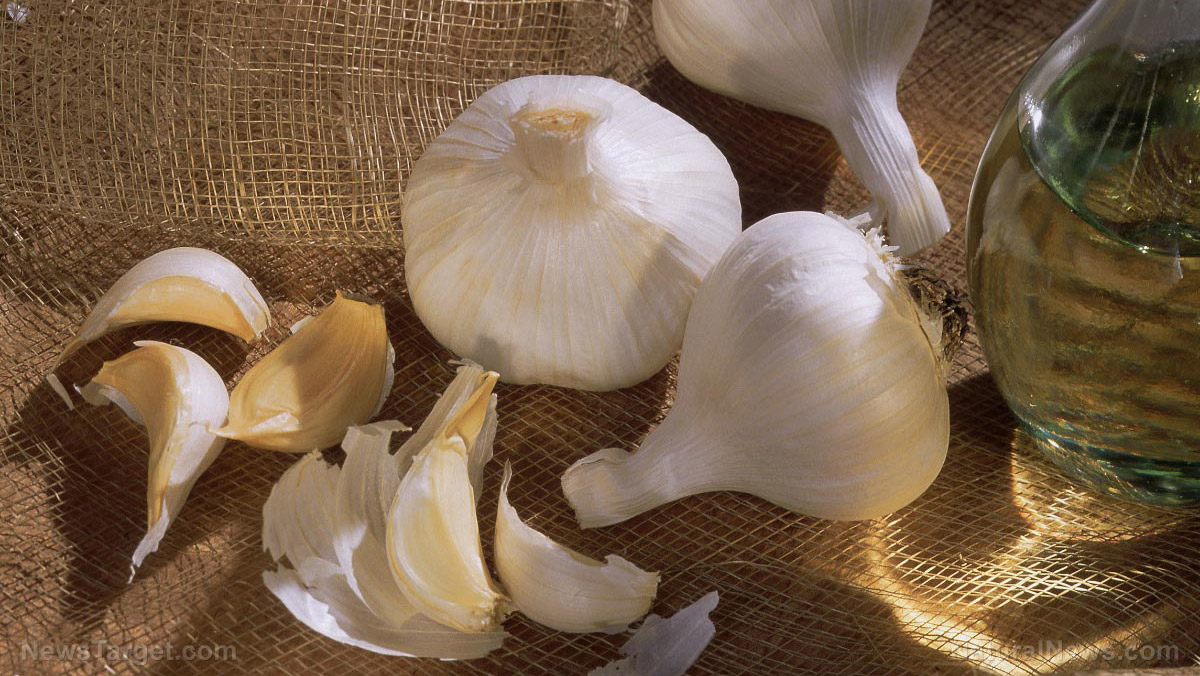How to decide which animals to raise on your small farm
11/12/2017 / By Zoey Sky

Before you head out to buy livestock that you want to raise on your homestead, you need to consider these important points. Reading the tips listed below can help, especially if you’re having a hard time deciding what kind of animals best suits your needs.
This article will focus on the basic aspects of raising livestock like animal cost and their housing needs. It will also discuss the advantages and disadvantages of various livestock. As you try to decide what kind of animal you’re going to raise in your homestead, keep your personal preference in mind.
As an aspiring homesteader, you also need to read up on livestock regulations because there are local restrictions and laws that will affect the kinds and number of animals that you can keep. Check these rules before your build or purchase anything. Don’t forget to think of the noise and smells that your neighbors will have to deal with, so be considerate. (Related: You Should Really Learn These 10 Homesteading Skills.)
5 Mini-farm animals to raise on your homestead
- Rabbits – Rabbits are clean, quiet, and fertile animals. You only need a small space to keep them in, and if their hutches or cages are clean enough, you won’t have to deal with flies. Rabbits are worth every dollar you spend on them because they will provide you with meat and pelts on a regular basis. However, rabbits are prone to predator attacks so build fences to keep them safe.
- Chickens – Homesteaders are fond of chickens because these birds are a reliable source of eggs or meat. Dual breeds will also provide you with both if you raise them well. Chickens are also good at foraging, but keep them fenced in or clip their wings so they don’t fly over your barriers. You’ll also need strong coop fences to protect your chickens from predators.
- Sheep — Like rabbits, sheep are quiet and clean animals. In season, you can raise sheep on good grassland. Sheep will provide you with milk, meat, and wool. These animals require less maintenance than chickens or rabbits, but they also need protection against predators.
- Goats – A steady source of milk, goats can also provide homesteaders with meat and hides. Take note that a dairy goat needs milking “twice a day, seven days a week, through her entire ten-month lactation period,” which can be too much work for newbie homesteaders. Goats are also noisy, and they might attack their fences. When raising goats for their milk, read up on their nutritional needs, especially during lactation and dry periods. Goats will also need proper veterinary care.
- Pigs – A good source of meat, pigs can also get rid of kitchen scraps. Pigs need pens that measure at least 16 square feet. While pigs don’t jump over their pens often, you can prevent this by making your enclosures “swine tight” near the bottom. If you want to raise pigs for backyard meat production, buy them as weanlings in the spring so you can raise them through the summer. Weanlings can reach a market weight of at least bout 220 pounds. Before it’s time to butcher them, you can simply feed and water your stock twice a day. Don’t forget to clean out the manure, which can be used for your compost pile.
Good animal husbandry is important when raising livestock because it can help you minimize feed costs and boost production. Take advantage of an animal’s natural cycles, select and keep the best “doers, and cull those that aren’t contributing enough. These three steps will help double the cost-effectiveness of your livestock.
Before you buy your animals, factor into consideration the potential return on your investment, e.g. how much eggs, milk, meat, etc. you can harvest compared to the time and money that will go into raising the livestock. The following four basic factors can help you estimate an animal’s cost compared to its productivity: age, pedigree, popularity, and quality.
- Age — The price of homestead livestock must reflect its age and the remaining years of productivity.
- Pedigree – An animal with a good family background will most often give you good results, and livestock that came from parents of the same breed are called purebred. Owners selling purebreds usually list them in a breed club registry to prove their authenticity.
- Popularity – Some breeds are more popular than others, and this can affect their price.
- Quality – This can be deduced from an animal’ post-production records. If the records aren’t available, check the established “standards of perfection” for the animal you wish to purchase.
If you’re raising animals for their meat, you need to come to terms with butchering them. This can be hard to accept for some homesteaders because it’s hard not to get attached to livestock you raised from birth. If you think you’re going to have this problem, it’s best to stick to goats that produce milk or chickens that lay eggs.
However, if you have the stomach to raise animals for their meat, you’ll see that harvesting your own meat can teach you to respect each animal. Raising animals for meat also teaches homesteaders to be responsible.
Tips for raising backyard chickens
If you decide to raise chickens in your backyard, here are some tips that can help:
- Keep chicken coops clean – Avoid lining chicken coops with newspaper because it won’t absorb the dirt and manure inside the coop. Clean coops regularly to protect your chickens from diseases. Sanitation can also affect your chicken’s overall health and mood.
- Manage chicken manure – Always check the bedding of your chicken coop because it absorbs both the manure and the moisture that comes with it.
- Nest boxes and eggs – Learn how to harvest eggs properly. Keep the nest box in the coop clean so the eggs don’t get soiled before you can harvest them. If you’re not going to cook the eggs, refrigerate them right away.
You can read more articles about how to raise livestock and other homesteading tips at Homesteading.news.
Sources include:
Tagged Under: animals, backyard chickens, farming, homesteading, livestock, self-reliance, small farm

















